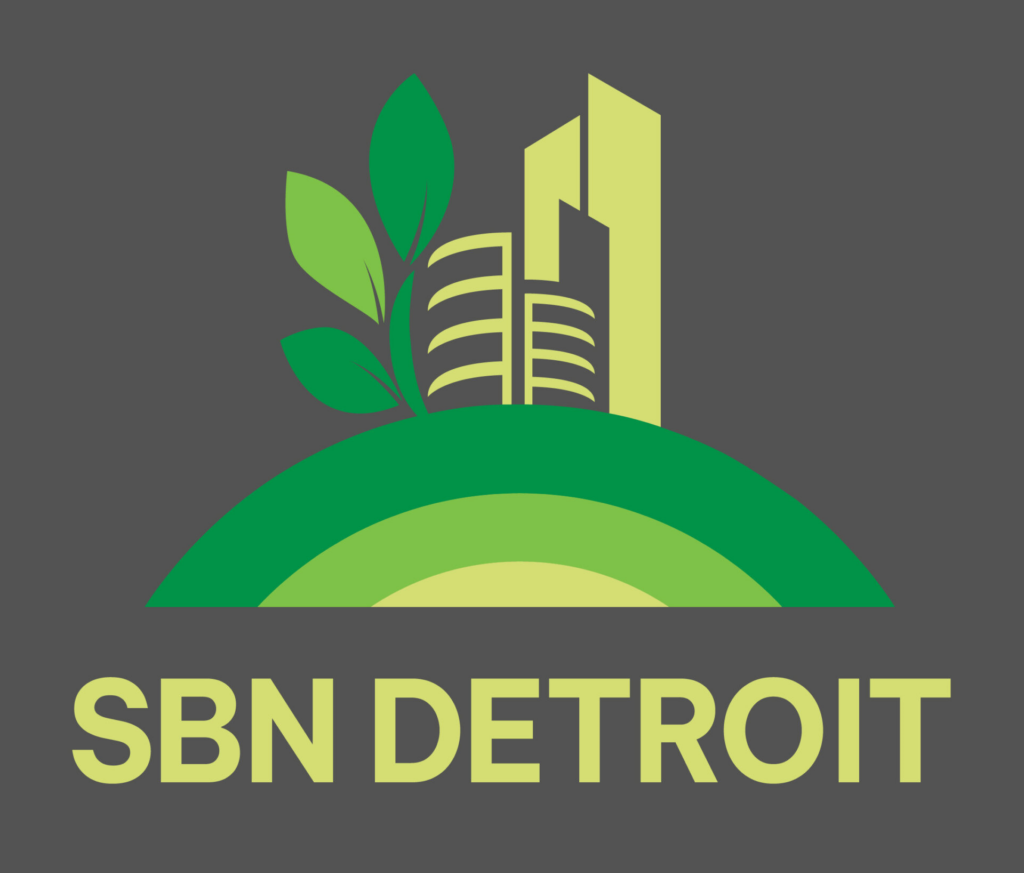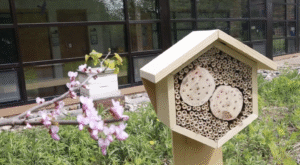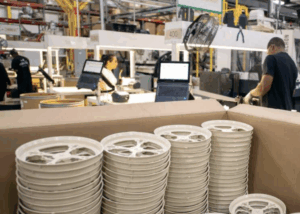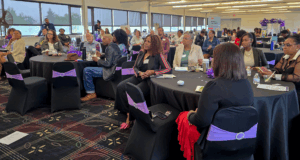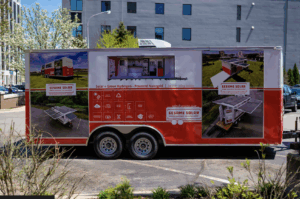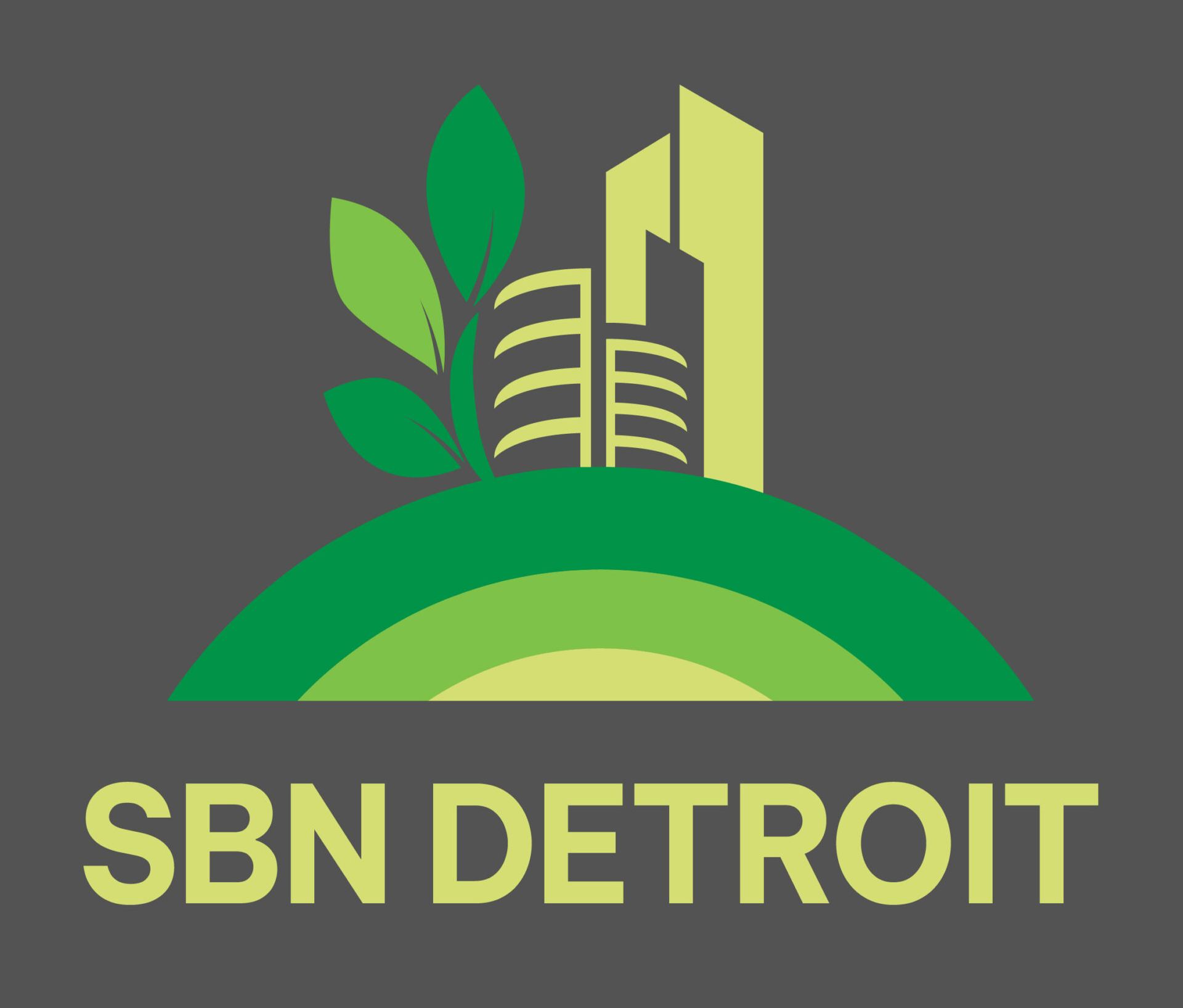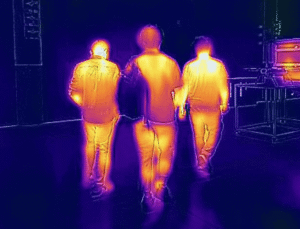
- Kim Kisner
- Community
- 08/26/2025
Inside the A²ZERO Plan
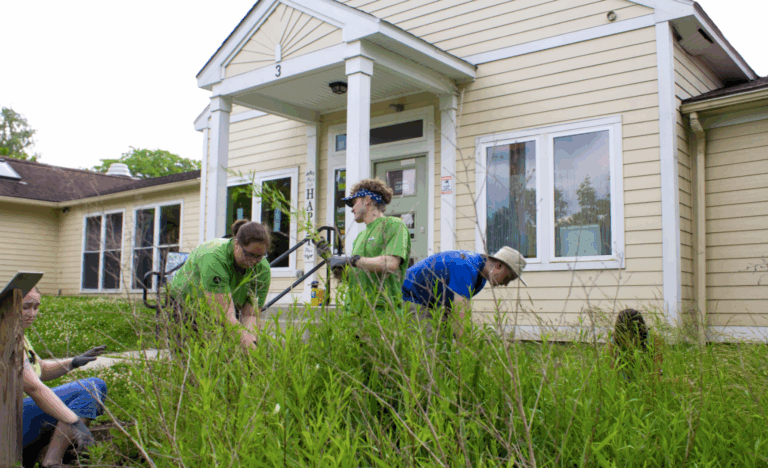
In 2020, the City of Ann Arbor adopted A²ZERO, a climate action strategy designed to achieve community-wide carbon neutrality by 2030. The plan outlines a framework for embedding sustainability into city operations, economic growth, and everyday decision-making, while also emphasizing equity and long-term resilience.
One of the most visible efforts under A²ZERO is the Bryant project, a first-of-its-kind initiative to transition an entire neighborhood—home to more than 250 households—toward carbon neutrality. The project combines energy efficiency upgrades, renewable energy, and community-centered planning to create a scalable model for neighborhood-scale decarbonization.
Leading the A2ZERO program is Missy Stults, Ann Arbor’s sustainability and innovations director, who helped steer the A²ZERO plan’s rapid development and continues to guide its evolution. SBN Detroit interviewed Stults about how the plan is shaping the local economy, what other cities can learn from Ann Arbor’s approach, and the challenges and opportunities that lie ahead.
Q: How is sustainability fueling the local economy in Ann Arbor, and what benefits are you seeing from the A20 plan?
A: We’re working to institutionalize sustainability as part of the culture, and we are seeing it manifest in multiple ways. Tech entrepreneurs are innovating around clean energy and mobility. In the circular economy, businesses are repurposing materials or finding second lives for decommissioned electronics—like harvesting valuable parts from old phones.
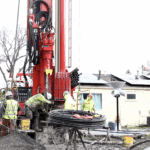
I see this as a movement by which people make choices not just because they’re profitable, but because they’re right, and we’re making them more convenient. Over time, that mindset fuels business innovation and economic resilience.
Q: What differentiates A²ZERO from other cities?
A: First, the speed. We built this plan in 82 days.
Second, we never pretended it would be perfect – we focused on what was possible and necessary. We talk about the planning being a living framework for our work, something that is directional but not the directions for where we need to go.
Third, we anchored it in three pillars: equity, sustainability, and transformation. Equity is the center of the work (not just a lens we look through). Sustainability means it must last well beyond any of us. Transformation acknowledges that the systems that created this crisis cannot be the systems that solve it.
Lastly, we also didn’t shy away from costs. It would have been easier to gloss over the investments needed, but we were transparent. That honesty has required us to be bold and very vulnerable, and I think that differentiates the Ann Arbor process.
Q: How has the strategy evolved since its 2020 adoption?
A: Constantly. Telework is a good example. The original plan was written in 2019, just before the pandemic. Telework wasn’t part of it – then suddenly it became central.
The plan is directional, and we adapt to cultural, political, and financial moments as they come.
Another example is tree planting. Our goal was to plant 10,000 trees later in the plan, but in 2020, we pulled that forward because it was work we could do during the pandemic. We’ve now planted 11,000 trees.
That’s the beauty of a living document – It allows us to be nimble while staying aligned to the overall direction.
Q: If you could think freely – blue-sky style – what environmental innovation or policy would you love to see Ann Arbor implement next?

A: If a flood is happening, the first thing you do is turn off the faucet before you clean up. We need that mindset here. We need building codes and regulations that stop allowing new buildings that pollute. We need aggressive codes that require polluters, such as manufacturers and industrial operators- not individuals – to take responsibility for the pollution they are creating. That kind of systemic shift is essential.
Q: What key lessons can other cities learn from the Bryant project?
A: The importance of trust. It’s something you can’t underestimate. The community has to determine the end goals. And you have to show up consistently, even when the answers aren’t easy.
Early on, people asked, “What if Bryant gentrifies?” We didn’t have an answer – but we said that out loud and committed to figuring it out together.
Persistence and vision matter. People need hope, but hope without action is empty. In Bryant, we’ve paired hope with concrete steps – like stabilizing utility bills through energy efficiency improvements- and that sequencing is critical. Now the project has momentum, and we are looking at things like installing networked geothermal.
Q: Given recent setbacks—like reduced federal funding and legal barriers—what’s your strategy for sustaining progress?
A: Force and persistence. There’s no option but to keep doing this work. Well, the only option is complacency, and that won’t happen.
Success begets success. Our goal is to institutionalize sustainability so deeply that it doesn’t matter who is in my role – this will be part of Ann Arbor’s DNA.
It’s important to note that local governments have historically had do this without much federal support. The Biden administration was an outlier. We are used to working under challenging conditions, and we will continue regardless.
Q: What are some recent wins or innovations?
A: In November 2024, voters approved creating the nation’s first sustainable energy utility—an opt-in utility that is supplemental to the existing investor-owned utility, and a utility that only offers energy from renewable energy sources. That’s transformative.
In Bryant, we’ve secured $18 million, including a $10 million federal geothermal grant we hope is finalized soon. That would be one of the first large-scale demonstrations of an alternative heating and cooling model in the country.
We’re also piloting a circularity initiative with returnable containers, which could scale into broader partnerships.
I’ll stop there. There’s much more being done, but these are some good examples of the transformation that’s happening.
Q: How are you tracking outcomes?
A: We use a mix of metrics. Some update automatically every day into a reporting dashboard we have; others are annual.
We’re close to releasing the 2024 annual report.
But we also recognize that not everything that matters can be quantified. So we pair metrics with storytelling – sharing how these initiatives impact people’s lives in terms of health, comfort, and stability.
Q: Even if Ann Arbor hits carbon neutrality in 2030, what comes next?
A: Carbon neutrality isn’t an endpoint. Even if we achieve it, carbon will remain in the system, and the work continues. We’ll need to keep decarbonizing the grid, improving rate structures, scaling geothermal, and investing in resilient infrastructure.
But I don’t want the story to just be that Ann Arbor achieved carbon neutrality. The story I want is that Ann Arbor figured out pathways that other communities can and are implementing. This work is about collective progress.
One of Ann Arbor’s strengths is our engaged community. I don’t have to debate the science of climate change here. People want solutions. That didn’t happen by accident—it’s the result of years of building awareness and trust. We now do more than 200 public engagement events a year. That civic energy is a gift, and it’s what makes this work possible.
Be sure to subscribe to our newsletter for regular updates on sustainable business practices in and around Detroit.
Kim Kisner
- All
- Business
- Community
- Education
- Events
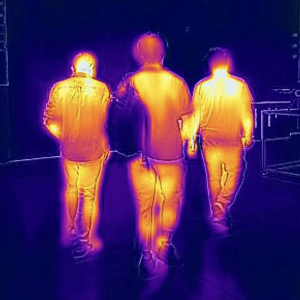
ThermoVerse is a Detroit-based urban innovation startup founded by engineer and researcher Shantonio Birch. The company’s work centers on advanced thermal energy storage and people-focused building technologies that reduce waste, stabilize indoor environments, and free up electrical capacity. SBN Detroit interviewed Birch about the future of grid resiliency, energy equity, and why Southeast Michigan is positioned to lead in next-generation smart city innovation. Q: What is the impetus...
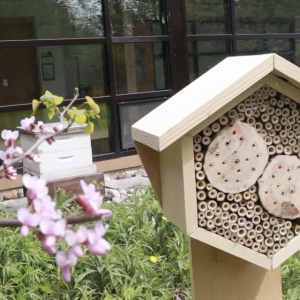
Pollinators are essential to Michigan’s ecosystems, food systems, and long-term environmental resilience — yet they face increasing threats from habitat loss, pesticides, disease, and climate change. As Southeast Michigan looks for scalable, science-based approaches to ecological stewardship, the University of Michigan-Dearborn has emerged as a voice in pollinator conservation, sustainability, and community education. SBN Detroit interviewed Dr. David Susko, Associate Professor of Biology and Chair of Biology in...
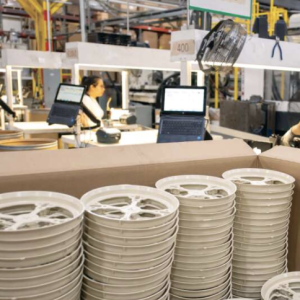
In the manufacturing world, sustainability is increasingly defined not just by recycling, but by what kind of recycling. For PolyFlex Products, based in Farmington Hills and part of Nefab Group, the future lies in creating closed-loop systems where materials are reused for equal or higher-value purposes — not simply “downcycled” into lower-grade goods. PolyFlex, which designs and manufactures reusable packaging and material handling solutions for the automotive and...
